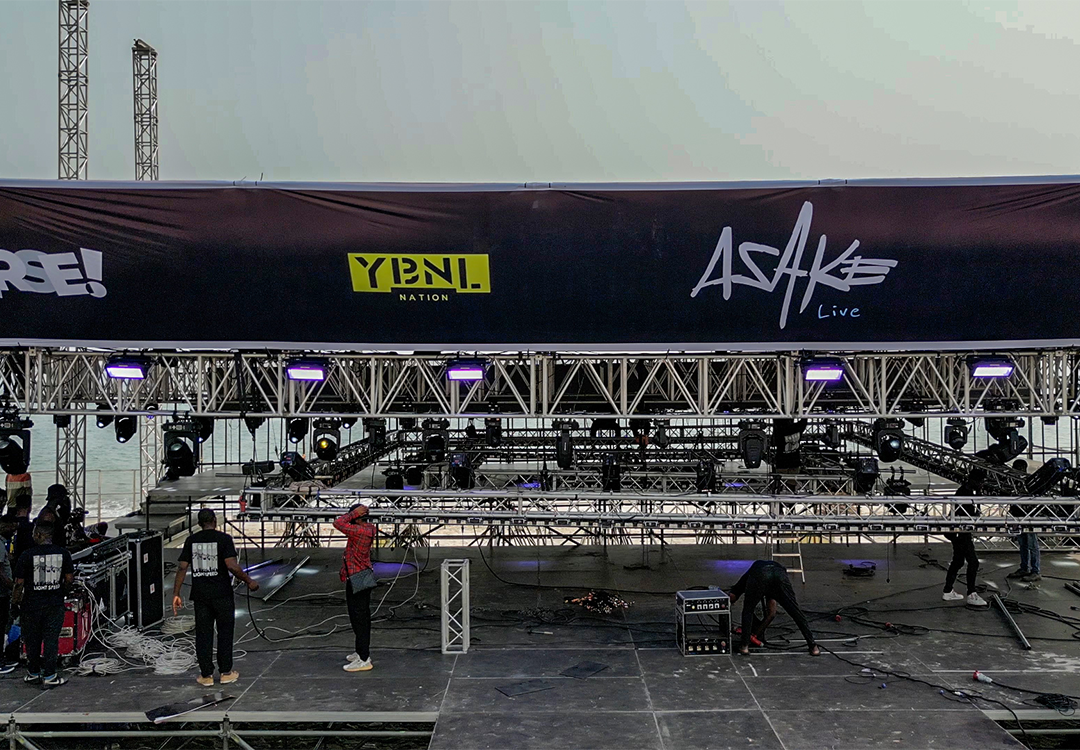Live events, from concerts to corporate presentations, hinge on the captivating spectacle of the stage. However, the thrill of performance must never overshadow the critical need for robust safety measures. Ensuring stage security is paramount, not just for performers but for the entire crew and audience. This article delves into the essential components of a comprehensive stage safety protocol.
Planning: The Foundation of Safety
Effective stage safety begins long before the first spotlight hits. A thorough risk assessment is crucial, identifying potential hazards associated with the specific venue, stage design, and event requirements. This assessment should encompass:
- Structural Integrity: Verifying the stage’s load-bearing capacity, ensuring it can withstand the weight of equipment, performers, and potential dynamic loads (e.g., jumping, dancing).
- Electrical Safety: Inspecting all wiring, connections, and power distribution systems to prevent electrical shocks and fires.
- Weather Considerations: Assessing the impact of weather conditions, particularly for outdoor events, and implementing appropriate mitigation strategies.
- Emergency Exits and Evacuation Plans: Clearly designating emergency exits, ensuring they are unobstructed, and developing a comprehensive evacuation plan.
Construction and Rigging: Precision and Expertise
The construction and rigging of the stage are critical phases where meticulous attention to detail is non-negotiable. Key considerations include:
- Qualified Personnel: Employing certified and experienced stagehands, riggers, and electricians.
- Proper Equipment: Utilizing high-quality, well-maintained equipment, including scaffolding, trussing, and rigging hardware.
- Load Calculations: Accurately calculating load capacities and adhering to safety margins.
- Regular Inspections: Conducting thorough inspections throughout the construction process and before each performance.
Operational Safety: Vigilance During the Event
Maintaining safety during the event requires constant vigilance and proactive measures. This includes:
- Crowd Control: Implementing effective crowd control measures to prevent overcrowding and ensure safe movement.
- Fire Safety: Deploying fire extinguishers and other fire suppression systems, and training personnel in fire safety procedures.
- Equipment Monitoring: Regularly monitoring stage equipment for signs of wear, damage, or malfunction.
- Communication Systems: Establishing clear communication channels between stage management, security, and emergency responders.
- Performer Safety: Providing clear instructions to performers, ensuring they are aware of stage hazards, and implementing safety protocols for stunts or special effects.
- Cable Management: Ensuring all cables are properly secured and routed to prevent tripping hazards.
- Lighting and Sound Safety: Maintaining proper levels of lighting and sound to prevent accidents and hearing damage.
- Weather Monitoring: Constantly monitoring weather conditions and having contingency plans in place for adverse weather.
Post-Event: Evaluation and Improvement
After the event, a post-event review should be conducted to evaluate the effectiveness of the safety measures and identify areas for improvement. This review should include:
- Incident Reporting: Documenting any incidents or near misses.
- Feedback Collection: Gathering feedback from crew members, performers, and attendees.
- Process Review: Analyzing the safety protocols and identifying areas where improvements can be made.
By prioritizing planning, construction, operational safety, and post-event evaluation, event organizers can create a secure environment for everyone involved, allowing the focus to remain on the captivating experience of the live performance.






